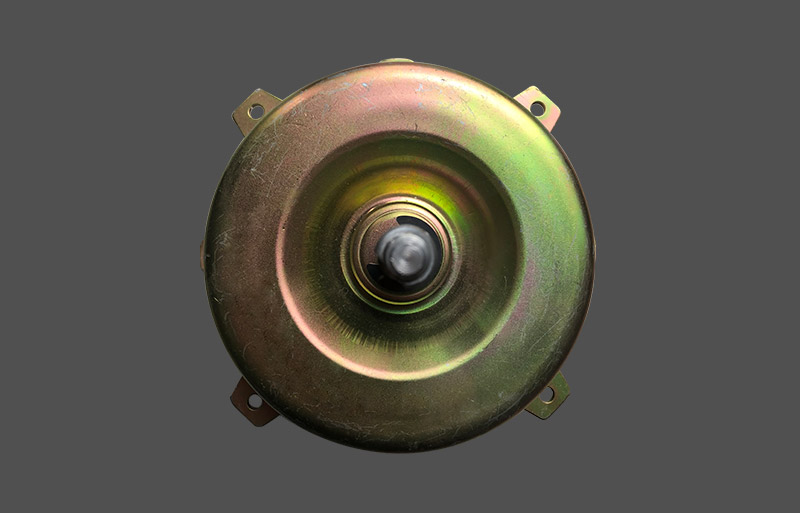All motors are based on the same principle, and when a charge is applied to the coil (stator), it becomes an electromagnet. The stator is located in a field of magnets of opposite polarity to form a rotor. When the charge to the electromagnet is quickly switched, a device called a commutator is used and the shaft of the motor can be rotated. This is the basic mechanical energy of the motor output. With the development of motor technology, various motor designs have emerged and improved.machine Wash Washing Motors

There are several types of motors today, often referred to as direct current (DC) or alternating current (AC) motors. AC motors are either synchronous or asynchronous (commonly referred to as induction motors). The basic difference is that synchronous AC motors require a DC power supply to power the rotor windings, while asynchronous motors do not require this additional power supply. For regenerative applications, variable reluctance AC motors are common because this can be used as a basic stepper motor. DC motors (usually brushless DC motors BLDC) have become very popular because they offer high energy efficiency. The permanent magnets in the brushless DC motor are placed on the rotor while the electromagnets reside on the stator. A stepper motor is another design of a DC motor because it has a rotor made up of several magnets, similar to the teeth on a gear. This allows the angle of the motor to be finely controlled to achieve the desired mechanical output.



